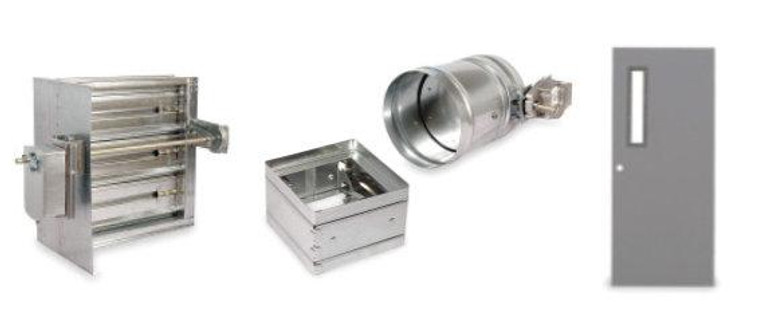Fire and Smoke Damper Inspection Requirements
Pursuant to NFPA 80, 90, and 105, fire and smoke damper installations are required to comply with these codes and these dampers require periodic inspection afterwards. Dampers that are found in disrepair are required to be repaired immediately. Records of installation, testing, and maintenance are to be kept by the property owner.
Pursuant to NFPA (Fire) 80-19.4.1.1, the test and inspection frequency shall be every 4 years, except in hospitals, where frequency shall be every 6 years.
Pursuant to NFPA (Smoke) 105-6.5.2, each damper shall be tested and inspected one year after installation. The test and inspection frequency shall be every 4 years, except in hospitals, where the frequency shall be every 6 years.
NFPA 80 (Fire) and NFPA 105 (Smoke) require periodic testing and repair as soon as possible after any defect is discovered.
Types of Dampers
Fire Damper
Fire dampers are installed to maintain the required ratings of fire-rated barriers when penetrated by ductwork. Fire dampers close automatically upon extreme temperature rise to slow the passage of fire.
Smoke Damper
Smoke dampers are installed in duct work and air transfer openings to resist the passage of air and smoke. Smoke dampers are actuated when the presence of smoke is detected. This can be done automatically or from a remote fire command station.
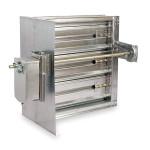
Combination Fire and Smoke Damper
Combination Fire and Smoke Dampers are installed in areas in which the resistance of fire and smoke passage is required.
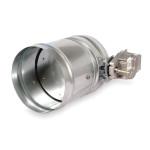
Fire Wall
A fire wall is a fire-resistant wall that has protected openings and continues from the foundation to the roof and restrict the spread of fire. These are also know as building separation walls.
Fire-Rated Door
A fire rated door is a door installed on fire walls to prevent the passage of fire/smoke.
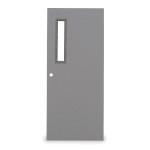
Corridor Damper
Corridor Dampers are fire and smoke dampers that restrict the passage of fire and smoke in corridors.
Ceiling Damper
Ceiling dampers are installed on HVAC penetrations in ceilings and roofs to limit radiant heat to joists.
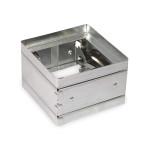
Smoke Barrier
Smoke barriers consist of walls, floors, partitions, and openings to prevent the passage of smoke and gases.
Frequently Asked Questions
Who enforces NFPA compliance requirements?
This will vary by jurisdiction but is typically enforced by the agency issuing the Certificate of Occupancy.
Where can I read the NFPA Codes and Standards?
You can view the NFPA Codes and Standards here.
Who can perform damper installation, repairs and testing in Michigan?
Only a licensed mechanical contractor in the State of Michigan can perform installations, repairs and testing.
How do I know I have a firewall or dampers installed?
Dampers are required for any penetration through a firewall. In vents, you can usually identify the damper by looking through and seeing shutters and a fusible link. To tell if you have a firewall, you can usually look at a doorway to see a fire rating on the inside jamb.
Why are hospitals required to only have 6-year inspections as opposed to the regular 4-year inspection?
Hospitals are unique in that many of their systems are in place to maintain the overall health and safety of their patients. It has been determined that requiring an inspection every 4 years is an unneeded hindrance, as more frequent inspections can lead to situations that may damage HVAC systems and air quality controls.
What types of records are required for NFPA 80 Fire Inspections?
- Date of inspection
- Name of facility
- Address of facility
- Name of person(s) performing inspections and testing
- Company name and address of inspecting company
- Signature of inspector of record
- Individual record of each inspected and tested fire door assembly
- Opening identifier and location of each inspected and tested fire door assembly
- Type and description of each inspected and tested fire door assembly
- Verification of visual inspection and functional operation
- Listing of deficiencies in accordance with 5.2.3, Section 5.3, and Section 5.4

